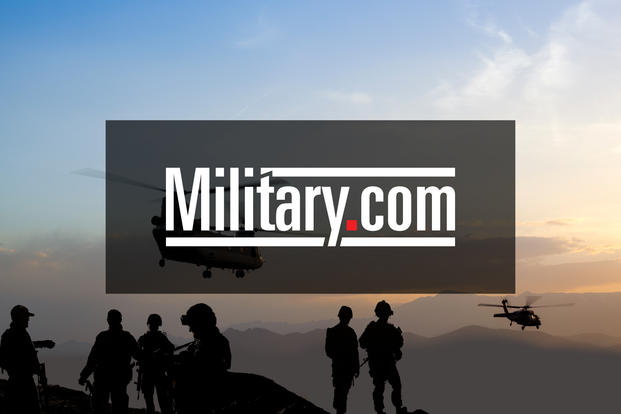
Once a COVID-19 vaccine is ready, all eyes will be on a four-star Army officer — Gen. Gus Perna — to head up a complicated and staged distribution system that will get it into the hands of Americans.
On Oct. 23, the same day that a record number of more than 82,000 new coronavirus cases were reported, public health officials described just how complicated the distribution effort will be, outlining an updated, three-step plan for the production and delivery of a vaccine to more than 70,000 distribution hubs nationwide.
Read Next: Navy IDs 30-Year-Old Instructor Pilot Killed in Trainer Plane Crash
“We’re not pollyannaish about how complex this is from a logistical standpoint,” said Paul Mango, deputy chief of staff for policy at the Department of Health and Human Services, adding that he believed Perna and his team could accomplish the mission nonetheless.
The six companies now conducting vaccine clinical trials are expected to submit requests for approval from the Food and Drug Administration, said Mango, a West Point graduate, former 82nd Airborne Division soldier and former chief of staff at the Center for Medicare and Medicaid Services.
Dr. Matt Hepburn, vaccine development lead at Operation Warp Speed, the vaccine delivery effort, said the FDA has pledged full transparency in the approval of licenses for the vaccines, but said the administration was still in need of volunteers for clinical trials.
Assuming the vaccines get approval, the plan is to have vaccines available for the most vulnerable populations and front-line workers by the end of the year; by the end of January for seniors; and by March or April for “any American who desires a vaccination,” Mango said.
“We are committed to those three time frames,” Mango said. They’ll still have to be coordinated with the Advisory Committee On Immunization Practices of the Centers For Disease Control and Prevention.
Once ACIP gives final approval, Perna will take charge of getting delivery underway within 24 hours, Mango said.
“We want shots in arms within 24 hours,” he said.
He said delivery timetables and locations are being mapped out using the algorithms and programs from a software system called “Tiberius” developed by Palantir Technologies.
Using the system, Mango said, officials can see how many people are in nursing homes in each zip code, and where front-line workers are located.
The plan is to get the vaccines to the states, which will then decide on the final destination under priorities set for distribution by the federal government, Mango said. He said summaries of the state distribution methods should be available Monday.
The federal government will make the allocations of the vaccines, but “we’re not going to decide where it ultimately ends up,” Mango said. The states, he said, will have that final call.
In the final presidential debate Oct. 22, President Donald Trump singled out Perna, the former head of Army Materiel Command, who has a track record in the military for moving vast amounts of gear and supplies under the exacting time constraints of combatant commanders.
“This is a very easy distribution for him,” Trump said of Perna, now the chief operating officer for Operation Warp Speed. “As soon as we have the vaccine, he’s ready to go.”
There has been rampant speculation, including from Trump himself, that the active-duty military will play a major role in vaccine distribution and delivery, but Mango said that was not the case.
Private companies, led by McKesson Corp. of Texas, will have the main responsibility for distribution under Perna’s guidance, and “the federal government does not intend, with very few exceptions, to touch a single dose of vaccine before it goes into the arms of Americans,” Mango said.
“We have the best logisticians in the world at the Department of Defense working in conjunction with the CDC to guide the logistics,” Mango said. Active-duty troops will not be involved, he said, although state governors might decide they need members of their National Guard to assist.
“Rest assured, they’re not going to be loading trucks, unloading trucks — you’re not going to see any military vehicles unless the governor wants the National Guard involved,” Mango said. “The federal military will not be involved in moving any doses or injecting any vaccines.”
Mango and U.S. Surgeon General Dr. Jerome Adams also expressed concerns that vaccine delivery could be delayed if governors decide they want to add their own layers of approval on the safety of vaccines to those licensed by the FDA.
New York Gov. Andrew Cuomo last month said he was setting up his own clinical task force of state doctors and scientists to review the efficacy of vaccines approved by the federal government.
Adams emphasized that transparency has been a priority in the federal approval process.
“Any delay once this is actually authorized is a delay that is going to result in lives lost for certain members of the population,” Adams said. “We won’t cut corners [and] we encourage people to think long and hard about imposing any additional delays because that’s going to come at the expense of lives lost.”
.
Source: Military News



